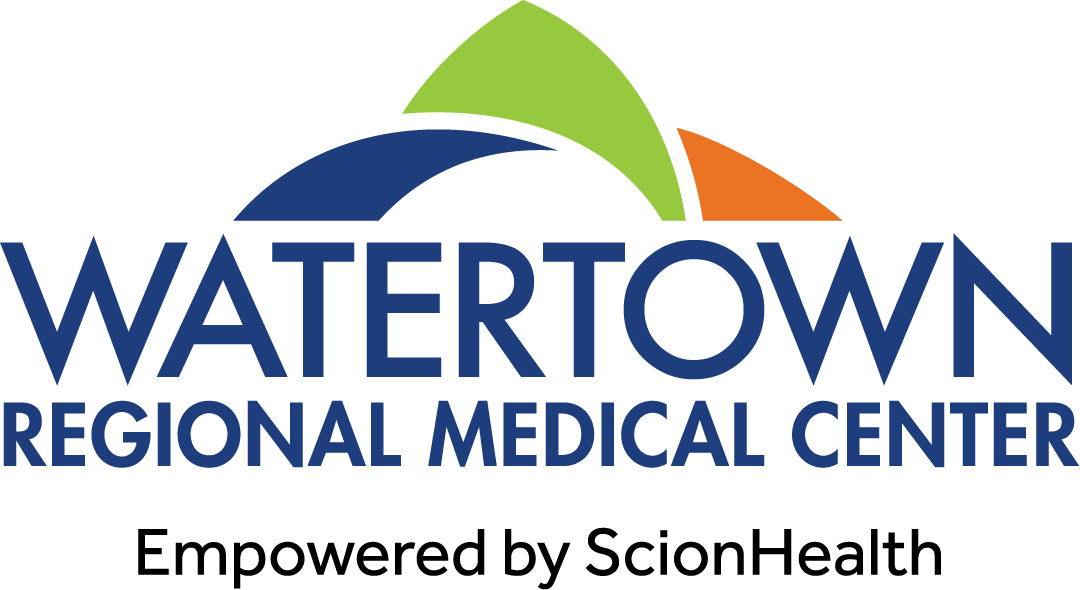Keeping our patients safe during COVID-19 - How isolation treatment works in managing infectious diseases
April 24, 2020
BY: Erin Nichols, Infection Preventionist, Watertown Regional Medical Center
Treating infectious diseases, including the novel coronavirus (COVID-19), is not new to hospitals, and the guidelines for protecting patients, staff and visitors are comprehensive and evidence-based. You hear often that COVID-19 patients are treated in isolation, and while specific elements of COVID-19 isolation may differ from other infectious diseases, the fundamental practices for isolation treatment do not. Isolation is meant to prevent spread of infectious diseases between patients and the staff members treating them, between patients and their visitors, and between patients and other patients, staff members and visitors throughout the hospital.
Treating patients in isolation
It’s important to note that many patients are treated using various isolation practices, for everything from pink eye to COVID-19. Isolation practices vary based on how a specific infectious disease is spread.
- If the disease is primarily spread through physical contact, staff members and visitors will follow guidelines specific to preventing spread through direct or indirect contact, which would include things like wearing gloves or a gown.
- If the disease is spread through droplets of mucus or saliva, staff members and visitors will follow guidelines specific to preventing spread through droplets, which would include things like wearing a mask when working closely with the patient.
- If the disease is spread through airborne particles that can be spread through inhalation, staff members and visitors will follow guidelines specific to preventing spread through air, which would include placing patients in rooms with monitored negative air pressure (to prevent spread through air circulation to other parts of the hospital) and wearing respiratory protection while in the room.
Safety practices in isolation
Fundamental safety practices for treating patients in isolation are consistent, though, no matter how the disease is spread, and these include:
- Handwashing: Handwashing is the bedrock of hospital safety and infection prevention. All staff members wash their hands or use a hand sanitizing solution upon entry and exit of the room, and even between treatments on the same patient when appropriate. Handwashing is done even if gloves are worn while in the room.
- Patient placement and transport: Patients in isolation are typically assigned to private rooms, and additional safety precautions are taken any time they are transported between departments or rooms.
- Personal protective equipment: Staff members and visitors entering isolation rooms wear personal protective equipment (PPE). The required PPE varies based on how the specific disease is spread, and in the case of COVID-19, typically includes a mask and gown.
- Nutrition, environmental services and more: Staff members who deliver food or provide cleaning services follow strict guidelines and limit unnecessary entry to isolation rooms. These practices ensure patients still receive excellent care and service while limiting additional exposure and conserving PPE use.
Universal Masking at Watertown Regional Medical Center
As a patient or visitor to the hospital or an outpatient clinic, you will be asked to wear a mask or cloth face covering and you will also notice that all of our staff members, in every department, are wearing them too. Universal masking is a proactive measure we’re taking to significantly reduce the potential spread of illness. This, layered with our screening at each point of entry for all staff members, patients and approved visitors, provides additional protection for everyone in our facilities.
How Watertown Regional Medical Center is treating COVID-19 patients
Out of an abundance of caution, we are taking a number of additional precautions in the treatment of patients with suspected or confirmed COVID-19:
- Identified specific patient care areas and prioritized our negative pressure rooms based on care needed of our COVID19 patients.
- Focus heavily on appropriate use and proper technique for putting on and taking off our PPE to protect both the patients and the healthcare workers.
- Increased our abilities to offer virtual visits between patients and their families.
- Daily communication with our local Public Health Department. This allows us to keep current on the trends in our community and focus on the overall coordination of care between COVID patients in our facility and those in the community.
These protective measures for managing infectious diseases ensure that our hospital is always safe for you and your loved ones when you need care.
